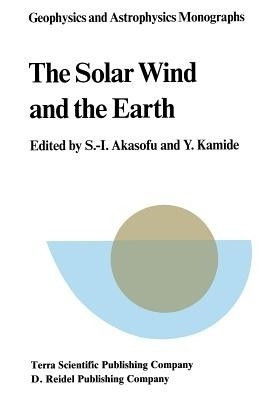The Solar Wind and the Earth(English, Paperback, unknown)
Quick Overview
Product Price Comparison
As a star, the sun is continuously emitting an enormous amount of energy 33 into space, up to as much as 3. 9 X 10 erg/ s. This energy emission consists of three modes. Almost all the energy is emitted in the form of the familiar black-body radiation, commonly called sunlight. Although the amount of energy emitted is small, the sun also emits x rays, extreme ultraviolet (EUV), and UV radiations, which are absorbed above the earth's stratosphere. These constitute the second mode of solar energy, separate from the black-body radiation that penetrates the lower layers of the atmosphere. The sun has another important mode of energy emission in which the energy is carried out by charged particles. These particles have a very wide range of energies, from less than I keY to more than I GeV. Because of this wide range, it is convenient to group them into two components: particles with energies greater than 10 keY and the lower-energy particles. The former are generally referred to as solar protons or solar cosmic rays; their emission is associated with active features on the sun. Their interaction with the atmosphere is similar to that of the x ray and EUV radiation. Low-energy particles constitute plasma, a gas of equal numbers of positive and negative particles. Actually, this plasma is the outermost part of the solar atmosphere, namely the corona, which blows out continuously . For this reason, the plasma flow is called the solar wind.


